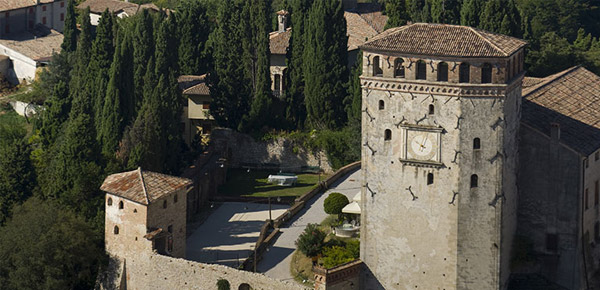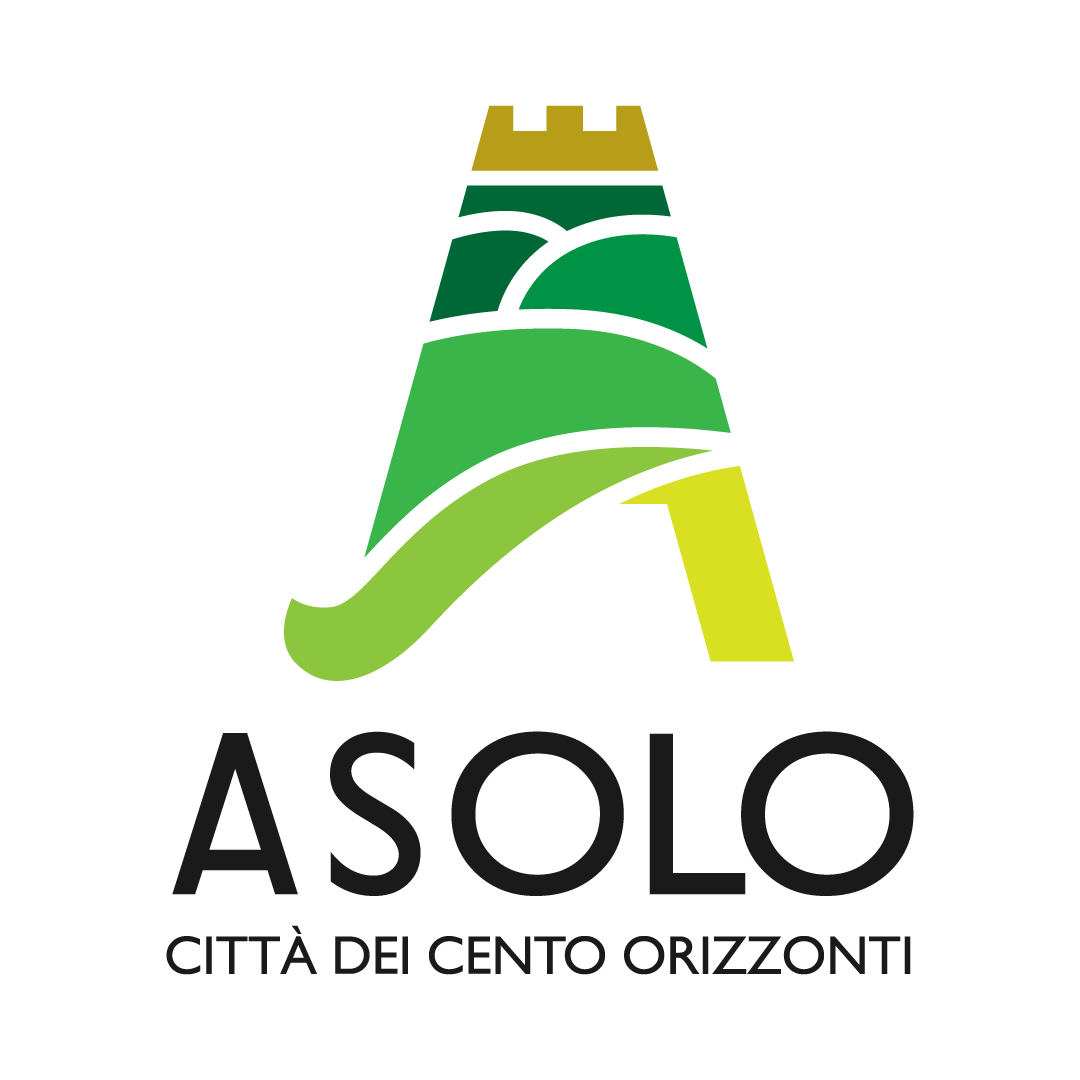The castle, together with the fortress one of the symbols of the Asolan countryside, seems to date back to the 10th century although there is no definite information indicating the origins of the complex In 1242 it was home to Ezzelino da Romano and, from 1339, it became the seat of the podestà of Venice. At the end of the fourteenth century it became one with the city walls, construction that begun during the brief dominion of the Carraresi. Three of the four towers once characterising it still remain: the Civic or Bell tower, the Reata tower acting as a gaol and the Carro tower, nowadays part of the adjacent residence called La Torricella.In 1489 it became the residence of Caterina Cornaro, and Pietro Bembo set his “Gli Asolani” dialogues in this palace and its gardens. After Caterina’s death it was readapted to administrative functions and extensively restored.The French were stationed here in 1797 and, the next year, the great “Pretoria Hall”, where Venetian podestà once administered justice, was converted into a theatre. The western side of the castle was knocked down in 1816. Today the majestic clock tower is visible from all over town.Liberally adapted from “Atlante Storico delle Città Italiane – Asolo” edited by Guido Rosada directed by Francesca Bocchi © 1993 Grafis Edizioni Via 2 giugno, 440033 Casalecchio di Reno (BO)

Queen Cornaro’s Castle
